A cinematic history
Up until December 3, Madrid’s Railway Museum is playing host to a special “Murder on the Orient Express” exhibition. Put on to mark the release of Kenneth Branagh’s film in cinemas, the event pays tribute Agatha Christie’s masterpiece with a display of outfits and accessories from the 1930s shown alongside the museum’s existing collection of antique trains. While there will be original storyboard sketches on display, the movie itself wasn’t filmed here, but this doesn’t mean that the station doesn’t have a long and illustrious history in cinema.
Originally the terminus for a train that went from Madrid to Ciudad Real, the station was opened in March 1880 by King Alfonso the XII. According to Wikipedia, after a buyout by another rail company, the terminus was changed to Atocha and the station never became as important as it was originally intended. Though the grand building never fulfilled its destiny in reality, it featured on the silver screen more than 30 times and interestingly on three occasions was transformed into a Russian train station for movies celebrating the rise of Communism in Russia – a bizarre state of affairs seeing as Franco was in power during the filming of the first two of these works.
The Internationale
Doctor Zhivago (1965), covers the Russian revolution, while the second, Nicholas and Alexandra (1973) tracks the overthrow of the Tzar, and the third Reds (post-Franco in 1981) follows the fortunes of an American journalist sympathetic to communism. During the filming of Doctor Zhivago the then Delicias Station was decked out to look like Moscow Station and hundreds of local actors employed as extras were dressed up as workers sympathetic to the cause. The irony was of course that around 80% of them were out of work actors who had fought on the Republican side in the Civil War and were now effectively blacklisted. According to El Pais, quite a ruckus ensued when it came to shooting a scene in a Moscow street where the workers sing the socialist call to arms, the Internationale, with the police turning up and insisting that the extras instead sing to strains of a Pasodoble.
Because it was a very cheap location, many directors chose to shoot in Spain, however, Zhivago’s director, David Lean, was not stingy with his extras who were paid 1,500 pesetas a day basic pay at a time when the minimum was 75. What really tickles me was that when Warren Beatty rocked up to shoot Reds in a Spain recently liberated from Fascism, he took it upon himself to give the Spanish cast a paternalistic lecture on workers’ rights. According to IMDB, his speech was all too effective causing a walk out protesting the crappy salaries they’d been paid up until then!
Artisanal market
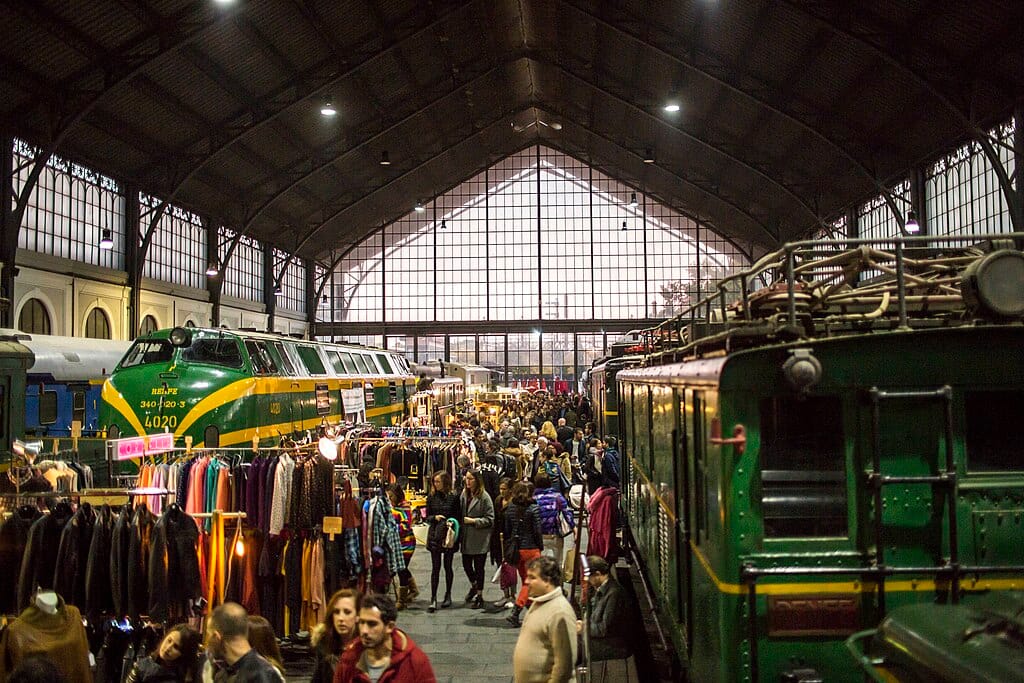
If you’d like to take a look at Moscow, I mean, Delicias Station, it costs 3 euros on weekends and 6 on weekdays. If that seems a bit steep, you can visit the museum for free when the Mercado de Motores market is held there one weekend a month. The next one will be on the 9th and 10th of December. The platforms are usually heaving, but if you’re patient you can get a look inside the carriages. One of the carriages has even been converted into a lovely tea shop serving cakes.
Keen to find out more about the history of Madrid? See another side of the city with one of my unique walking tours.
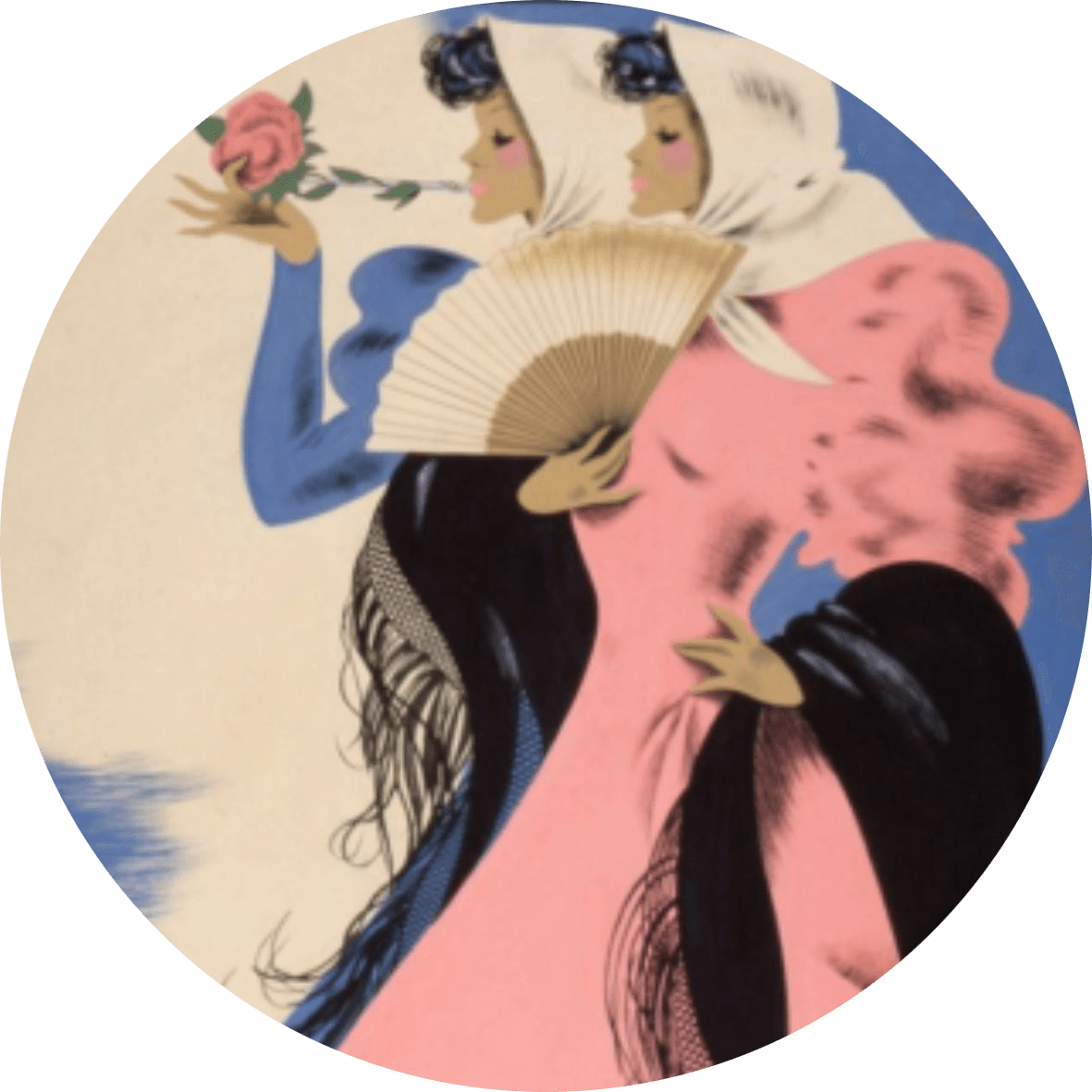
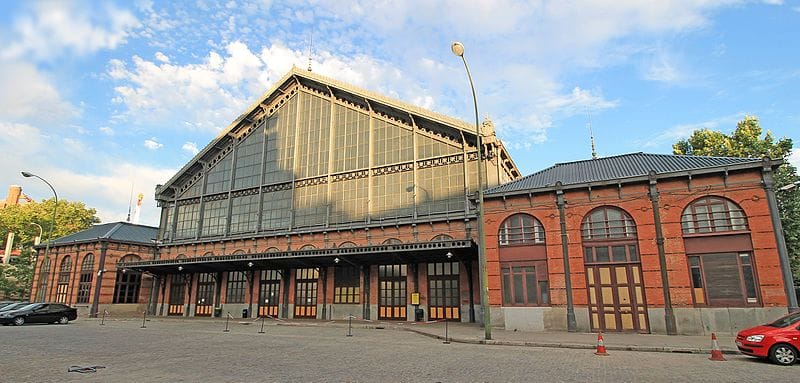

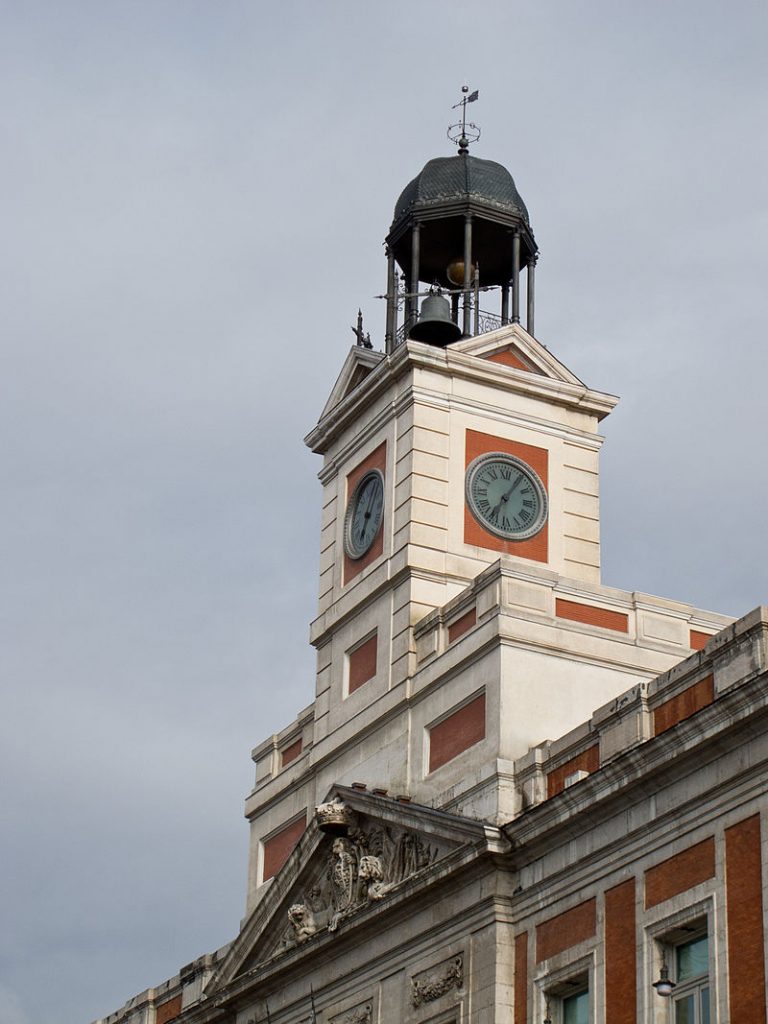
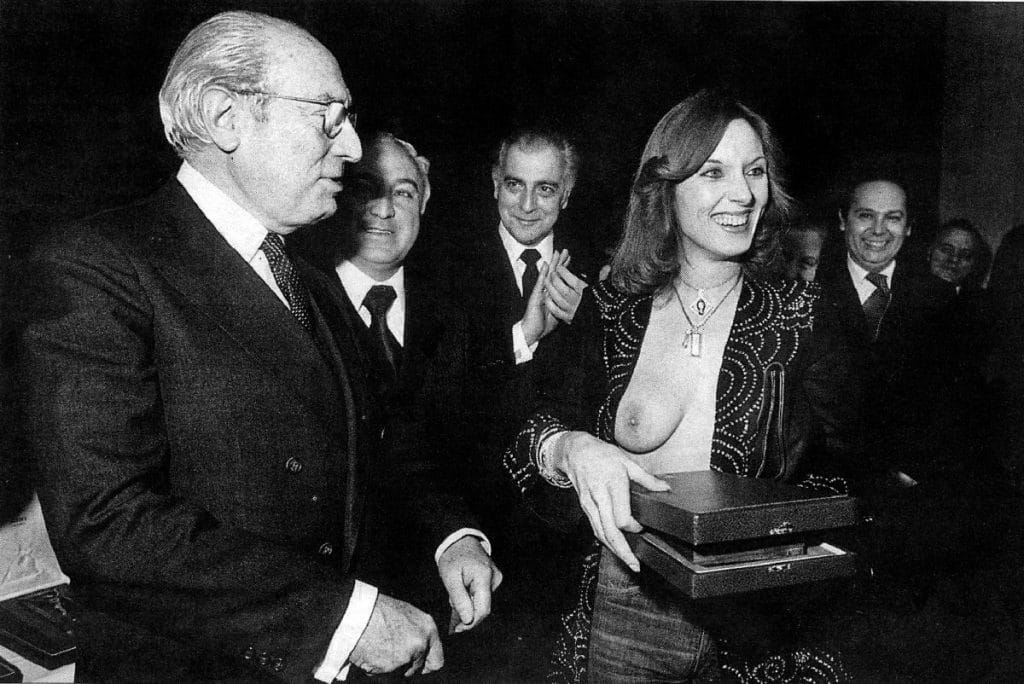
The train is supposed to be called the Trans-European Express, but I have yet to see that name used anywhere on the Russian Railways website or in or on the train itself.